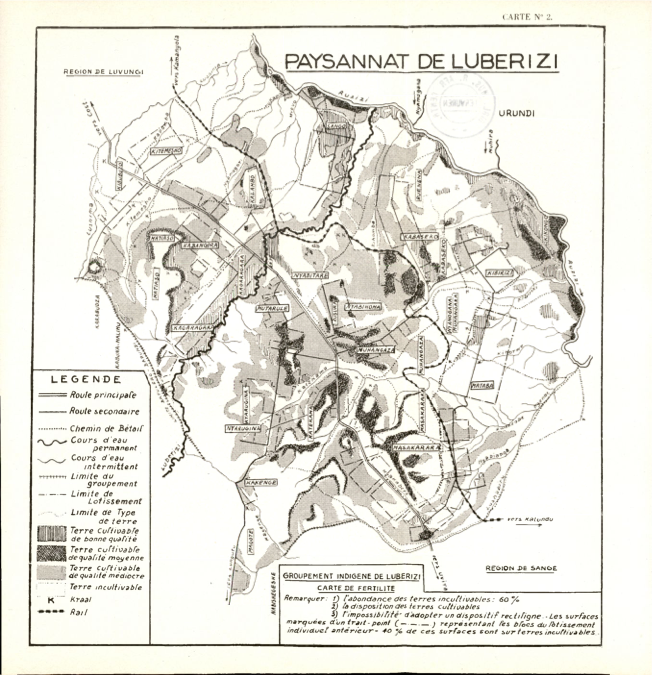Digitization of the Bulletin Agricole du Congo Belge
From October until March, I was an intern at the AfricaMuseum on the COBECORE project. My task here was to help with the digitization of the Bulletin Agricole du Congo Belge. This supports the underlying philosophy of the project, which is to increase the accessibility of scientific information for both scientists and the general public. We have now finished scanning all articles published in the Bulletin Agricole and the Bulletin d’Information de l’INEAC. A beta version of the website is accessible via this link: http://ineac.africamuseum.be/. Furthermore, the digitized articles are also accessible via a server placed in Kinshasa (http://ineac.rdcmirrorsmrac.org/), meeting a local request for documentation.
 |
The agricultural research, described in the Bulletin Agricole, was carried out between 1910 and 1960, with the last one being published in 1961, shortly after Congolese independence. The most prolific period was undoubtedly during the existence of the INEAC (Institut National pour l’Etude Agronomique du Congo Belge); this institution played an important role in rural Congo during colonial times. The research and achievements of INEAC on agricultural and economic level are known around the world. Between 1945 and 1960, INEAC was the biggest scientific research institute in Africa. Even though their research during the colonial period was mainly aimed at maximizing the profits for Belgium, INEACs scientific insights are still relevant today in the agronomic, forestry and ecological context of the Democratic Republic of the Congo. The Bulletin Agricole includes more than 3000 scientific articles which contain many insights that are still very relevant for contemporary tropical agronomic research.
 |
Besides that, the Bulletin Agricole also has an important historical value. During my internship at COBECORE I learned how colonial resources still have contemporary value. Historical data are crucial for contemporary research. For example: historical climate data in models about climate change. Moreover, the archival material from the Bulletin Agricole is also important to uncover our colonial past. This brings me to my own research. In the context of my master’s thesis in social history at the University of Leuven, I’m uncovering the duality of the Belgian agricultural politics in Congo. Specifically, I focus on the paysannat-system of INEAC. This system was a large-scale form of social engineering in in which Congolese farmers were transported to organized agricultural allotments where they had to cultivate a combination of local- and cash crops for the colonial administration, following specific methods that supported their self-sufficiency. I chose this subject in collaboration with my promoter professor Yves Segers, the director of the Interfaculty Centre of Agrarian History (ICAG). Consequently, it was very interesting for me to link my own research with my internship. My internship as a historian at COBECORE was an educative experience and it was nice to be a part of this multidisciplinary project. Both my internship and my thesis illustrate the importance of exploring and digitizing unexplored historical resources, like the articles in the Bulletin Agricole.
– Febe Boulanger
BLOG
data_recovery library
